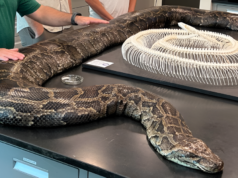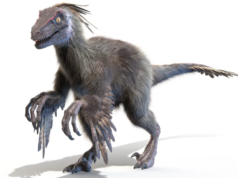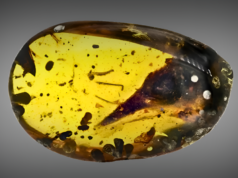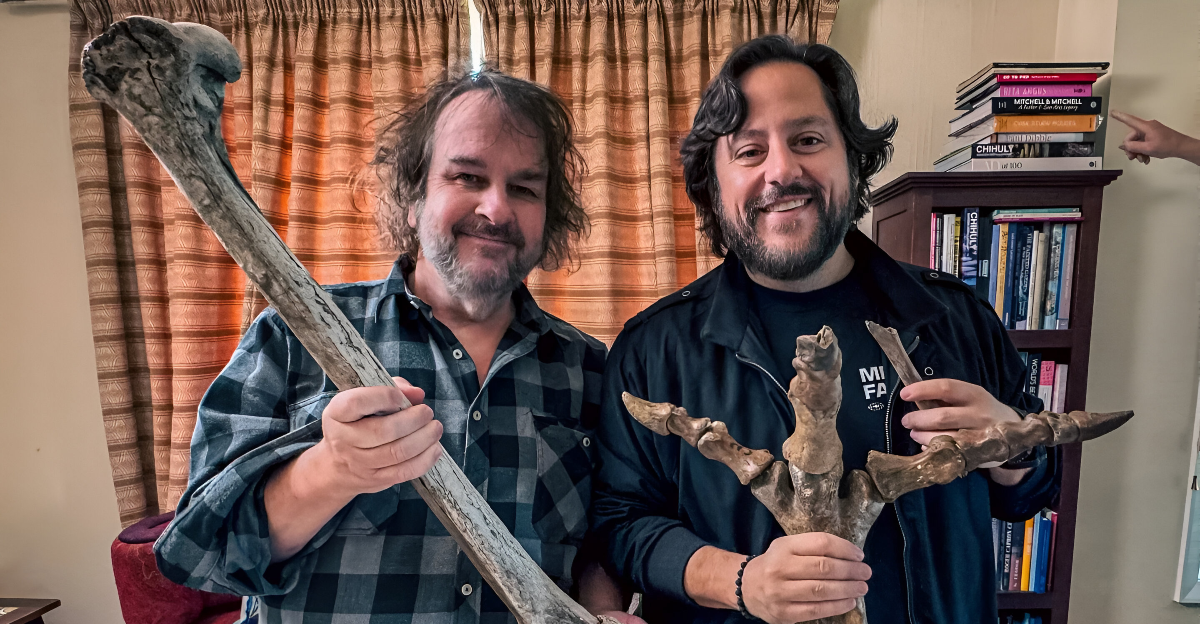
Imagine a world where the boundaries between what’s lost and what’s possible are quietly blurring. Over the past year, scientific breakthroughs have sparked a wave of excitement and speculation online. Reddit threads buzz with theories about which extinct creatures might next walk among us, while TikTok creators entertain millions with visions of “prehistoric pets” roaming modern cities. This isn’t just idle fantasy; it reflects a more profound cultural shift.
The idea that extinction might be reversible challenges our understanding of nature’s finality. It stirs hope for restoration, fear of unintended consequences, and the thrill of witnessing history rewritten. As technology advances, the question lingers: could animals once thought gone forever truly return? This evolving dialogue is more than science; it’s a cultural moment where the impossible feels tantalizingly close, inviting us to reconsider what we thought was lost to time.
When Science Touches National Identity
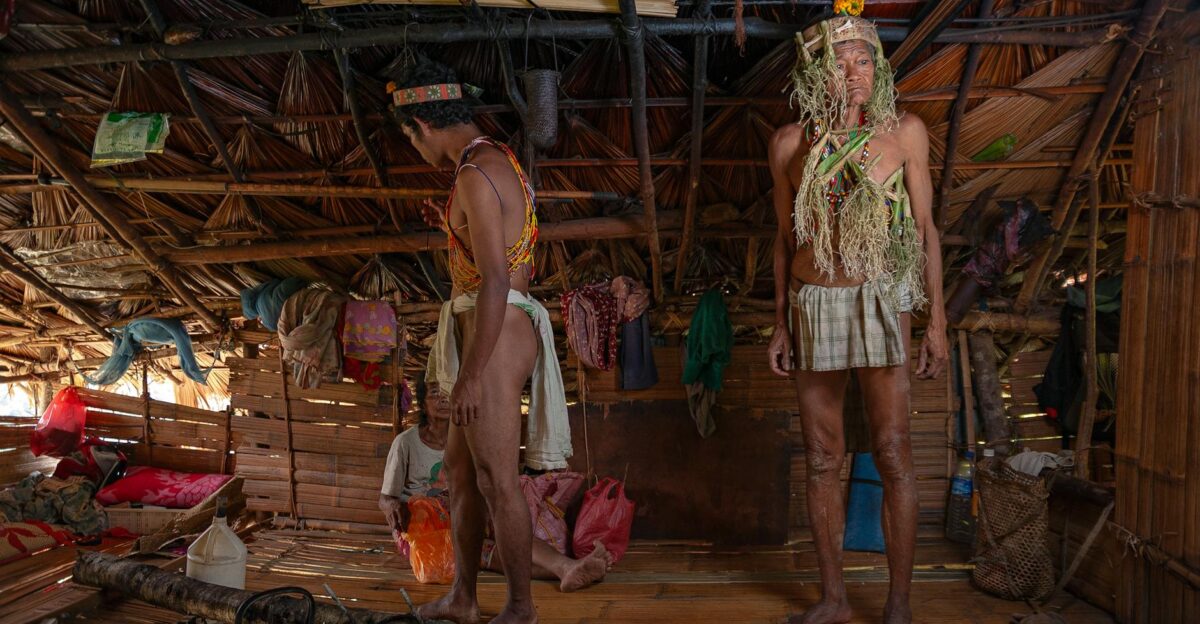
The resurrection story is no longer confined to labs; it has become a matter of national identity, especially in New Zealand. For Kiwis, bringing back an extinct species touches deep cultural nerves. The giant moa, a bird that once roamed their land, is entwined with their history and heritage. The possibility of its return sparks pride, curiosity, and debate. This isn’t just about science; it’s about reclaiming a lost piece of the nation’s soul.
Local communities, indigenous groups, and policymakers are all engaged in a conversation that weighs ecological responsibility against cultural restoration. The question is no longer simply “can we?” but “should we?” and “what would it mean for New Zealand’s future?” This project has become a cultural flashpoint, turning scientific ambition into a test of identity and values for an entire country.
The Bird That Lived in Legend
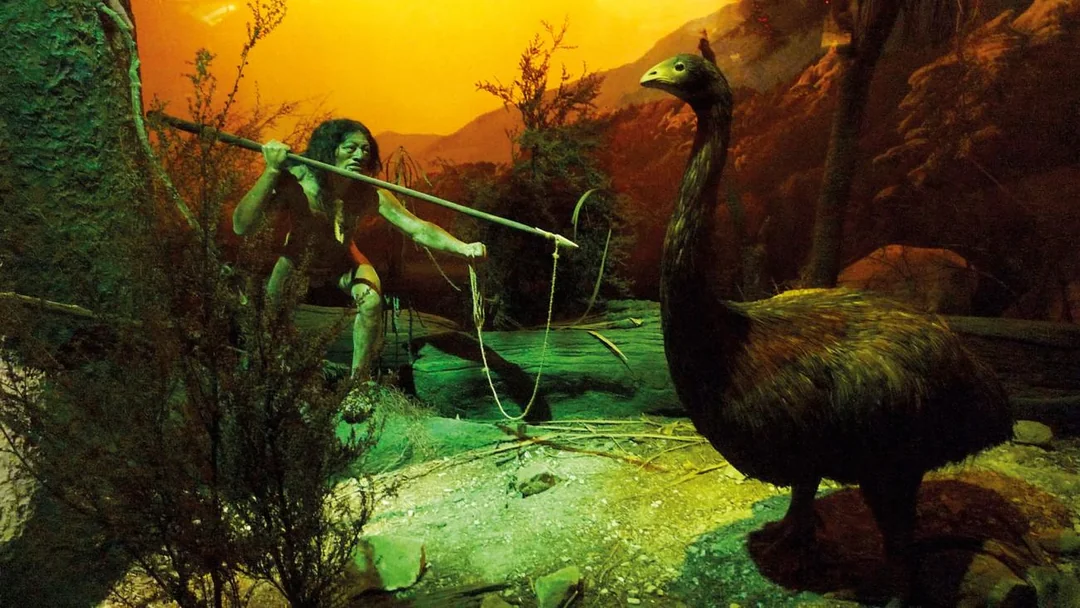
The moa is more than an extinct species; it is a living legend in New Zealand’s collective imagination. Towering as the tallest bird ever lived, the moa’s massive bones have long been displayed in museums, inspiring awe and wonder. Stories about the moa have been passed down for generations, blending scientific fact with folklore and childhood memories. Its absence has only magnified its mythic status, symbolizing loss and the mystery of a vanished world.
The idea of seeing a living moa again strikes a powerful emotional chord, evoking nostalgia and a yearning to reconnect with a lost natural heritage. This deep-rooted cultural memory fuels enthusiasm for the resurrection project, transforming it from a scientific experiment into a quest to revive a national icon whose shadow still looms large in New Zealand’s identity.
Why the Moa Disappeared

The moa’s extinction is a sobering reminder of human environmental impact. Once abundant, early Polynesian settlers and later European colonists hunted these colossal birds relentlessly. Habitat destruction further sealed their fate, pushing the moa to extinction within centuries of human arrival. This history serves as a cautionary tale about the fragility of ecosystems and the consequences of unchecked exploitation.
Scientists and indigenous leaders today emphasize that any attempt to bring the moa back must confront these past mistakes. Reviving the species raises complex ecological questions: Can the modern environment support a giant bird that vanished centuries ago? What lessons must be learned to avoid repeating history? The moa’s decline is not just a chapter in the past but a critical context for the ethical and practical challenges facing de-extinction efforts.
Peter Jackson’s Bold Gamble

In a stunning development, Peter Jackson, the acclaimed New Zealand filmmaker, has invested $15 million in a bold project to resurrect the giant moa. Partnering with Colossal Biosciences, Jackson aims to leverage advanced gene-editing technologies to bring back a species lost for 600 years. This announcement, made in July 2025, follows the controversial revival of the dire wolf, signaling a new era where science and storytelling converge.
Jackson’s involvement elevates the project beyond a mere scientific endeavor; it becomes a cultural statement about legacy, imagination, and the power of narrative to shape reality. His passion for New Zealand’s natural history and belief in the project’s transformative potential have captured global attention. This gamble is as much about rekindling wonder as it is about pushing the boundaries of what science can achieve.
Regional Excitement and Skepticism

Peter Jackson’s moa resurrection project has ignited a wave of excitement and skepticism throughout New Zealand and the wider world. Local kiwi and the Ngāi Tahu Research Centre have taken active roles, ensuring that cultural protocols and ecological considerations guide the effort. Meanwhile, social media platforms like YouTube and Twitter have become arenas for debate, with explainer videos dissecting the science and public forums weighing ethical concerns.
Some celebrate the initiative as a conservation and cultural restoration breakthrough, while others warn of unforeseen ecological risks, drawing parallels to “Jurassic Park” scenarios. This multifaceted conversation underscores how deeply intertwined science, culture, and public perception have become. The project’s ripple effect extends beyond labs, sparking a national dialogue about responsibility, heritage, and the future of biodiversity in a rapidly changing world.
Scientists, Skeptics, and Dreamers

Behind the headlines lies a tapestry of human passion and complexity. Scientists meticulously sequence ancient DNA, navigating technical hurdles to reconstruct the moa’s genetic blueprint. Māori leaders advocate for stewardship that honors ancestral connections and ecological balance. Skeptics question whether a resurrected moa could ever truly be the original or merely a genetic facsimile. Peter Jackson acknowledges the project’s emotional weight, describing it as “more thrilling than any film” he has ever made.
This endeavor has become a shared journey of hope, doubt, and discovery, reflecting broader societal tensions about technology’s role in nature. It humanizes the science, reminding us that de-extinction is not just about genes but identity, memory, and the stories we tell about our place in the world.
The Race to De-Extinct

Jackson’s moa project has catalyzed a biotech arms race, with companies worldwide racing to revive extinct species. Colossal Biosciences’ prior success with the dire wolf has emboldened investors and competitors, fueling ambitions to resurrect woolly mammoths, dodos, and beyond. This surge has sparked intense ethical debates among conservationists and economists, who question the implications of commodifying de-extinction.
Viral TikTok clips and social media discussions blur the lines between scientific reality and Hollywood fantasy, amplifying public fascination and confusion. The ripple effect is apparent: what began as fringe science is now a booming frontier at the intersection of business, biodiversity, and cultural imagination. This momentum challenges us to rethink conservation strategies and the role of technology in shaping the future of life on Earth.
Myth, Fear, and the Facts
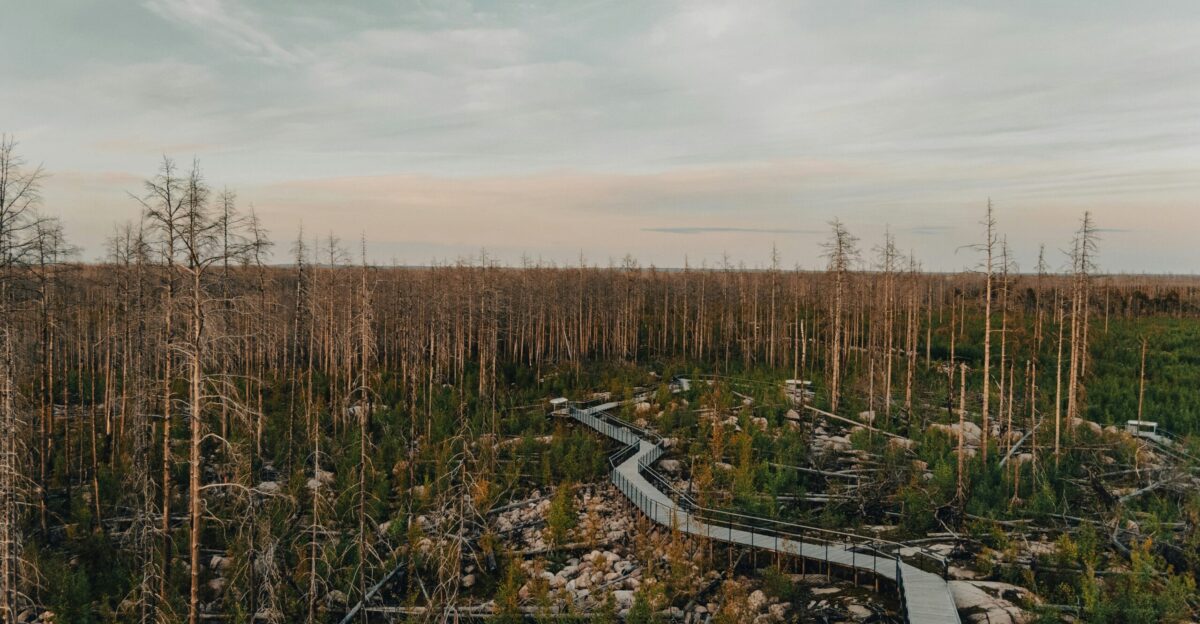
Public reaction to the MoA resurrection is a complex mix of myth, fear, and curiosity. Some worry about ecological disruptions or unintended consequences, while others dream of a world enriched by lost wonders. Reddit AMAs with scientists have become vital forums for addressing tough questions, helping to separate fact from fiction amid swirling speculation. Educators and fact-checkers work tirelessly to ground the conversation in scientific reality, emphasizing the uncertainties and ethical considerations involved.
The truth is nuanced: no one can fully predict the outcomes of reintroducing a species extinct for centuries. Yet, this project is as much about understanding humanity’s relationship with nature as it is about technological possibility. It invites us to confront our hopes and fears with clarity and care.
The New Normal of the Impossible
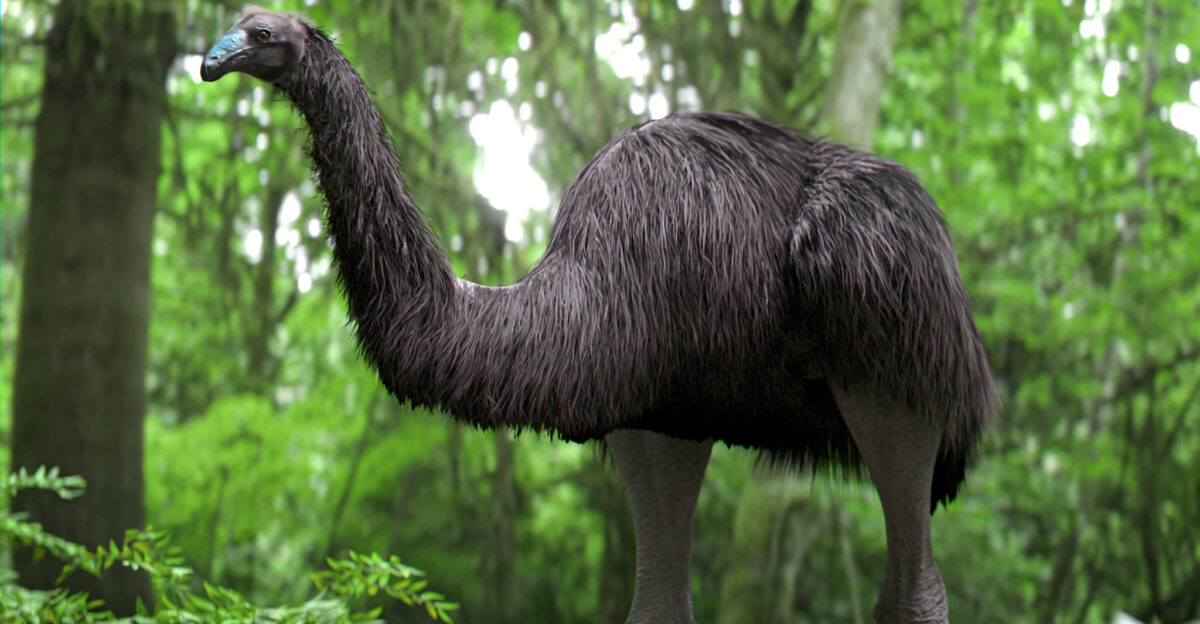
As the initial excitement settles, one thing is sure: the era of irreversible extinction is being challenged. Whether the moa ultimately walks the forests again or remains a symbol of possibility, Peter Jackson’s project has already reshaped how we think about science, memory, and responsibility.
The ripple effects extend beyond New Zealand, prompting global reflection on what intervening in nature’s course means. This new normal asks us what we can do and what we should do, inviting a deeper dialogue about ethics, identity, and the future of biodiversity. In this story, the impossible is no longer a limit but a question, urging us to consider the legacy we want to leave for generations.


